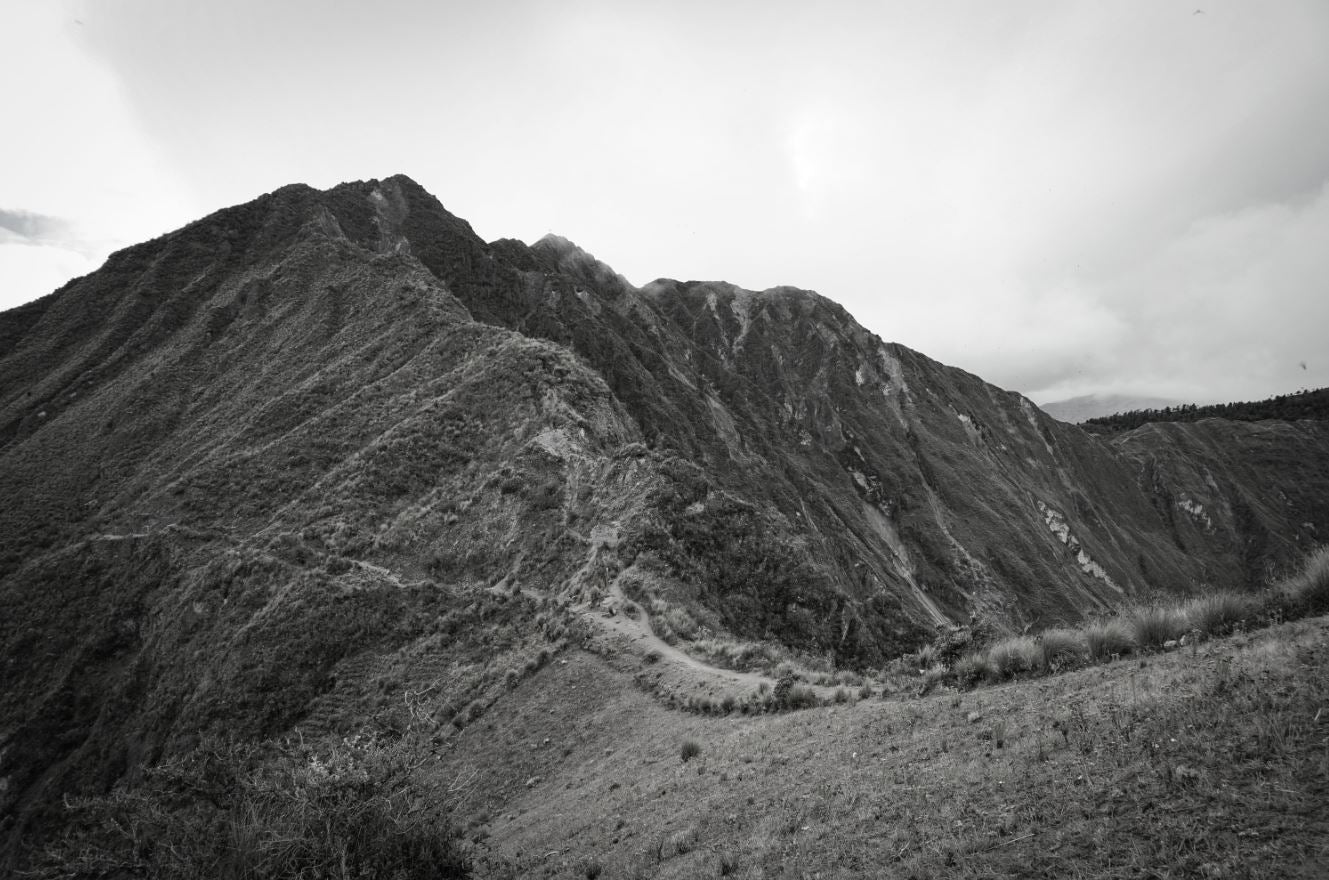A New Perspective on Public Lands

By: Ian Ramsey
This past year, I had the chance to live in the Andes.
For nearly half a year I explored Ecuador and Peru, living at 8000 feet and well above, taking every chance to get up into the mountains for adventures: trekking, running, working with scientists on climate-change research, even exploring remote Incan ruins. And it was extraordinary. I fell asleep to glaciers calving, wandered through tiny indigenous villages where the way of life hadn’t changed in centuries. I ran around volcanic rims and cozied up to Alpacas. I watched sunrise on top of ancient ruins with no one else around aside from hummingbirds. I kayaked whitewater. I shared meals with miners and campesinos and scientists and loggers and shepherds and cowboys. My lungs and quads had never been stronger. My Spanish improved. My daily reality was filled with bone-rattling rides in the back of trucks and buses, hitch-hiking, haggling over prices, figuring out ways to get from point A to point B on foot with little more than intermediate Spanish and a sense of adventure.
And yet, my biggest lesson from living in South America may have been to realize how extraordinary conservation in America is.
Even in one of the biggest, most exotic mountain regions of the world, I was constantly struck by how poor the Andean conservation infrastructure was, compared to the United States. While the mountains were extraordinary, the culture and systems to take care of them was often sorely lacking. Often as not, trails were poor or nonexistent, and the landscape was overgrazed and eroded from unsustainable agricultural practices. Most running was on nebulous jeep trails or dirt roads, if not busy roads. Trash was common. Maps simply didn’t exist. I got used to running with rocks in my hands to fend off packs of attacking dogs. I inhaled the unlegislated bellowing fumes of trucks and buses. I got shimmied under barbed-wire fences, dodged traffic and herds of animals. This isn’t to complain. It was an extraordinary, swashbuckling, problem-solving adventure.
But it also helped me to look at the conservation and trail infrastructure in our country with new eyes. Ecuadorean national parks with world-class mountain landscapes had much weaker trail systems and signage than your average local American land trust. Hanging out with ecologists helped me see how many of the Peruvian landscapes were degraded and eroded by generations of subsistence farming and short-sighted forestry practices. Access to landscapes was often difficult and nebulous. Even in the wildest, most remote places, there were often fewer wild animals than you’d see in average rural area in the US. This isn’t a criticism of these places or cultures: there are many valid economic and cultural reasons for the situation. As I worked with scientists studying the impact of climate change on high-altitude ecosystems (and how that effected water access for millions of people), I learned that these governments are very aware of the problem and are working to conserve land for ecology and recreation, but it’s an uphill battle. In some places, narcotrafficantes are a threat, and there is a long history of political unrest and guerilla warfare. In most regions, poverty is a relentless, cruel reality.
This is not to say that it’s all bad news. Cutting-edge climate research is happening in the cloudforest, the paramo (high-altitude grasslands), the rainforest, and around glaciers. Scientists are working with NGO’s to help Andean farmers prevent erosion. More and more people are aware of the need for conservation, and are excited about the possibilities of recreation. Most of these places have rich traditions of subsistence living that Americans could learn from. Great things are happening, and will only increase.
Now that I’m home, I’m committed to both working to help those Andean landscapes and to supporting my local American landscapes. I’m also committed to upholding, enjoying, and supporting the beauty of all of these extraordinary places. That might mean raising funds for conservation easements or research station funding. It might mean taking my students to Peru to experience the culture and it might mean taking students to our local public lands. Camping out and running in National Parks. Volunteering to do local trailwork and working with NGO’s to help Andean farmers prevent erosion. At the end of the day, it means living a life that is resolutely both global and local. If we’re going to solve these global problems, it means working at both ends. South America has lots to learn from our country, and vice versa.
Three days after returning home to the US, I did a full-moon traverse of New Hampshire’s Presidential range with one of my recently graduated students before he headed off to college. All night we moved quickly across the range, enjoying the results of Appalachian Mountain Club’s trailwork and the conservation policies of the White Mountain National Forest. We refilled our water at AMC’s High Mountain huts and followed hand-built cairns when the fog was thick. When the clouds cleared, we ran under the silver light of the full moon, following trail signs and marveling at the undeveloped ridgelines high above the lights of towns down in the valleys. A century ago, this area was just starting to recover from clearcuts and mining, and the conservation conversation was just starting. But, with long-term vision and work, rewilding is possible: for miles around us, nothing but conserved alpine and forests, habitat for animals, and thoughtfully placed trails. It was so beautiful.
